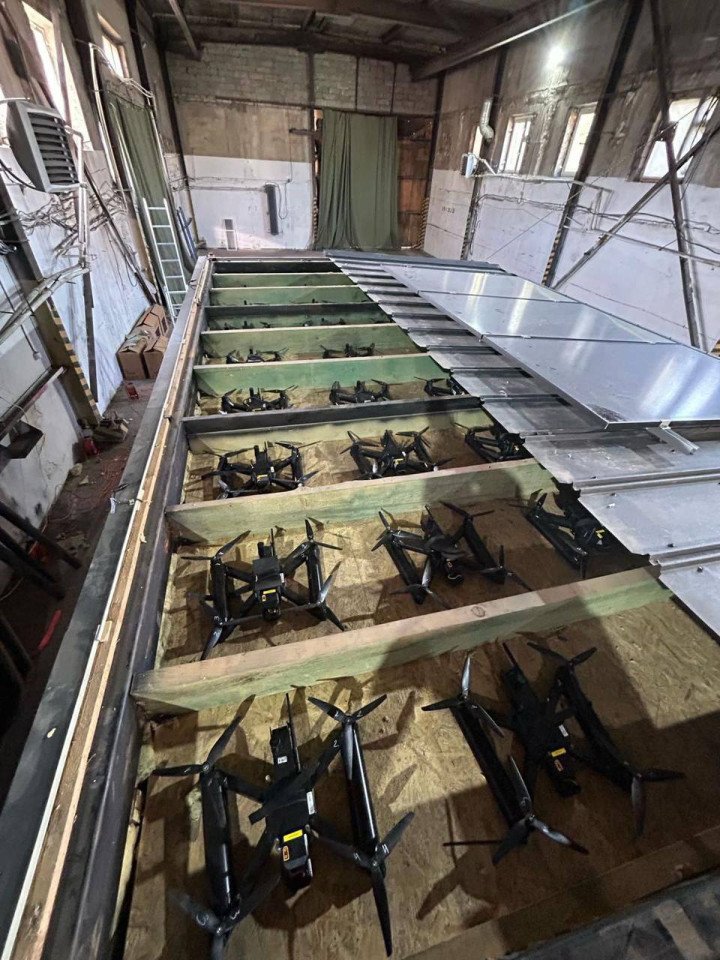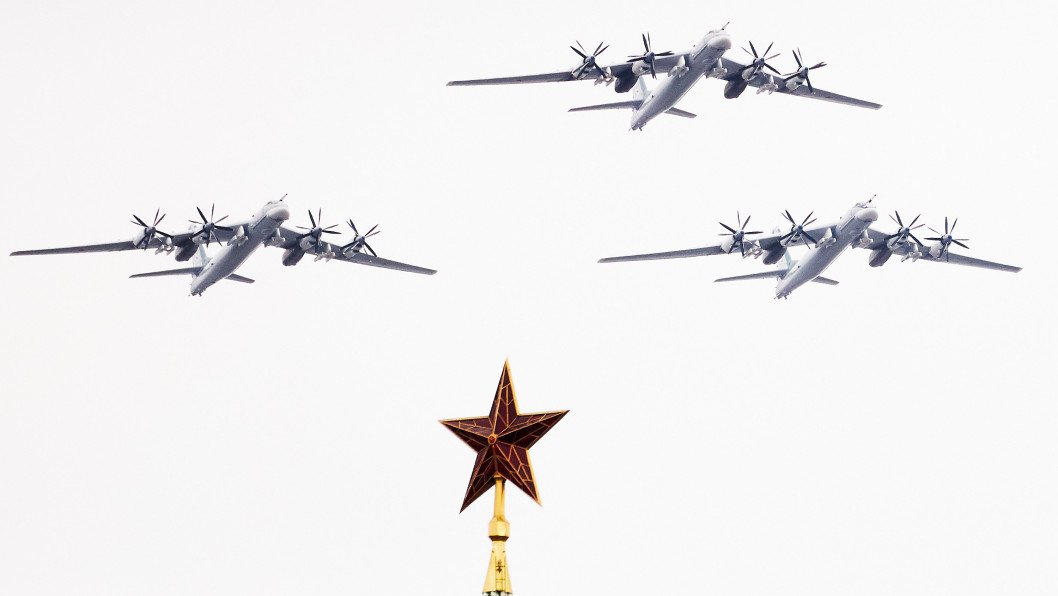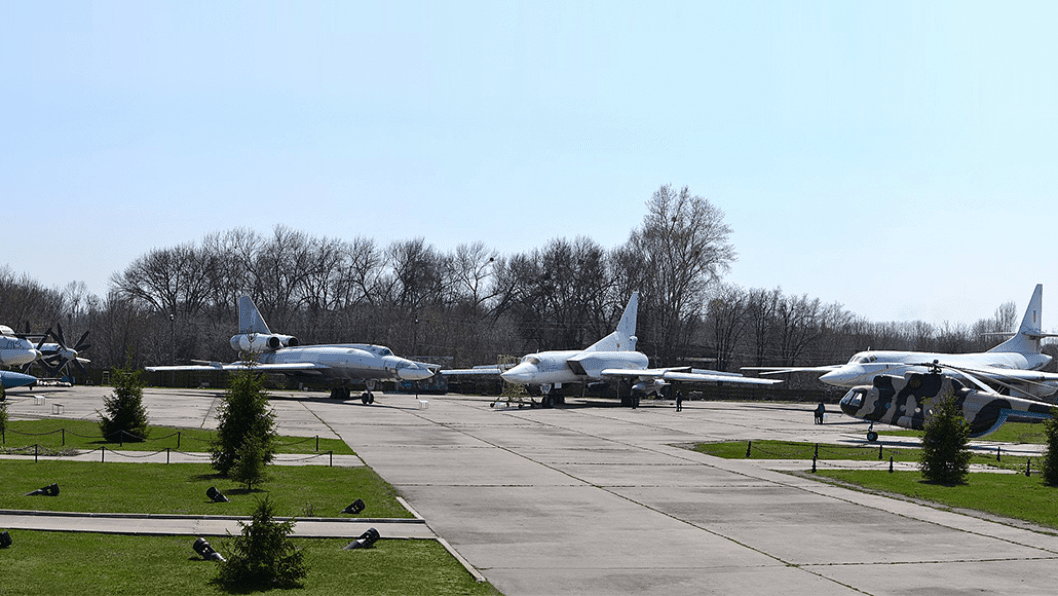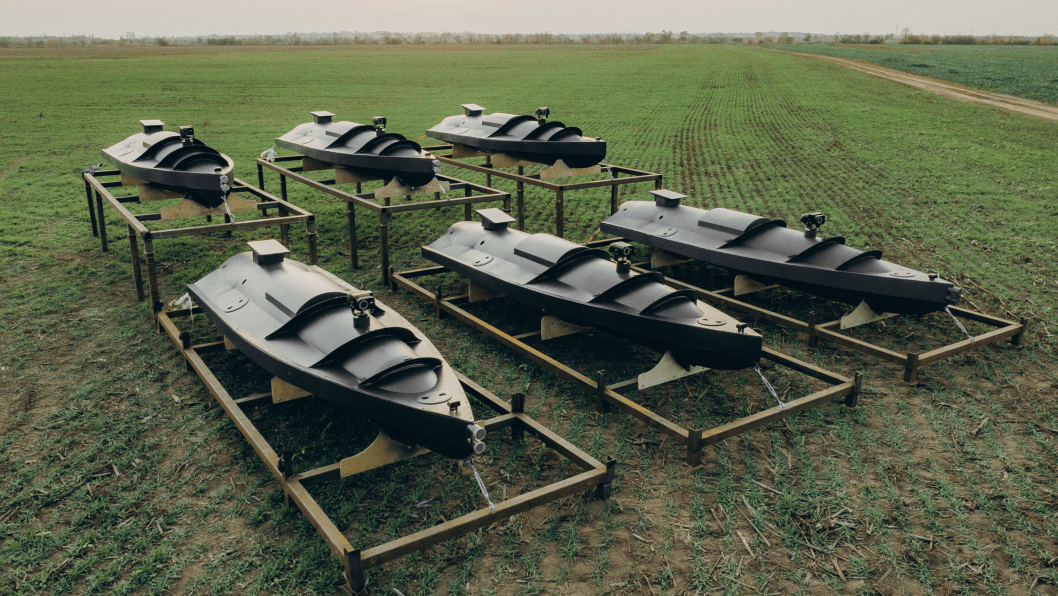- Category
- Latest news
Ukrainian FPV Drone That Reached Russia’s Deepest Airbases, Burning Tu-95MS and Tu-22M3
-ad73232486c1f08fbc24a51e1e8b4d10.png)
The Ukrainian drone strike that damaged or destroyed multiple Russian strategic bombers—including Tu-95MS, Tu-22M3, and Tu-160 aircraft—was carried out using “Osa” FPV drones developed by the Ukrainian tech company First Contact, according to new reports tied to the Security Service of Ukraine’s (SBU) special operation Spider Web, Ukrainian defense outlet Defense Express reported on June 2.
This long-range operation, which struck airbases thousands of kilometers inside Russia, was one of the most effective Ukrainian attacks against Russia’s strategic aviation to date.

According to the Defense Express, images from the operation’s staging area inside Russian territory show the uniquely built Osa drones being concealed in beehive-like compartments beneath fake rooftops of decoy buildings. These mobile setups were reportedly delivered by a truck near the targeted airfields.
Unlike most FPV drones used on the battlefield today, the Osa features a highly distinctive, closed-frame design that houses its electronics and wiring inside a thick, durable shell.

This enclosed construction—unlike the typical open “skeleton” frame with exposed cables—helps the drone endure extreme conditions, including poor weather and long, jarring transport across rough roads in Russia.
The Osa drone was also modified for this mission with added landing skids—believed to potentially include incendiary material for maximum damage on impact, Defense Express reported. The final preparation of the drones reportedly took place inside Russian territory.
According to First Contact, the Osa FPV drone can carry up to 3.3 kg of payload and remain airborne for up to 15 minutes. It can reach speeds of 42 m/s (about 150 km/h), allowing it to remain stable and operational even in stormy conditions—another reason why it was selected for this mission.

Some of the drones used in the strike may have been equipped with artificial intelligence capable of identifying, classifying, and targeting critical weak points on the aircraft.
As early as January 2024, First Contact had already begun testing AI-integrated drone systems. Given the time that has since passed, it’s plausible that fully functional AI capabilities were deployed in this operation.
According to the SBU, the strike involved 117 FPV drones and inflicted an estimated $7 billion in damage on Russia’s strategic aviation assets. The hit reportedly destroyed or disabled 34% of the Kremlin’s air-launched cruise missile carriers, significantly degrading its ability to conduct long-range strikes.
Earlier, reports emerged that Ukrainian forces trained artificial intelligence systems used in drone operations by studying Soviet-era bombers preserved in military museums—aircraft that mirror those now being struck deep inside Russian territory.



-72b63a4e0c8c475ad81fe3eed3f63729.jpeg)


